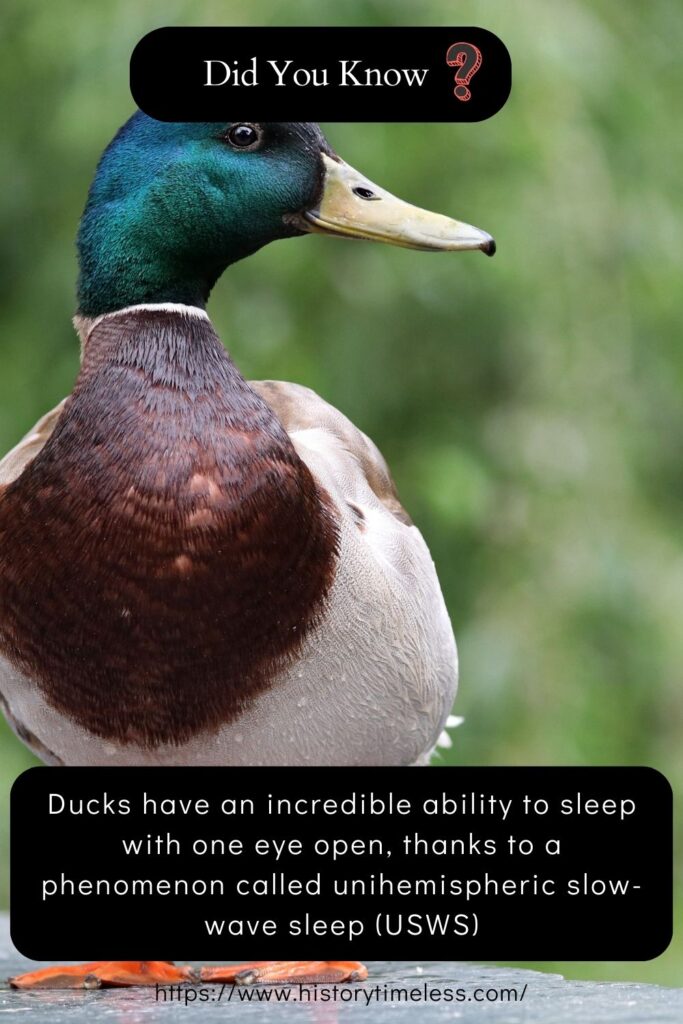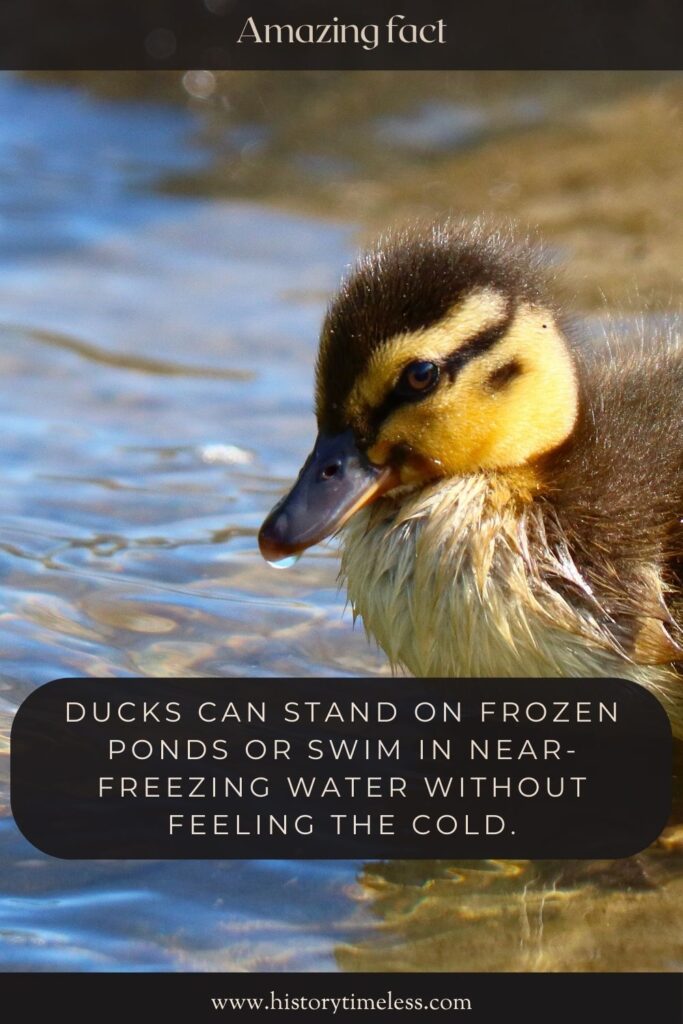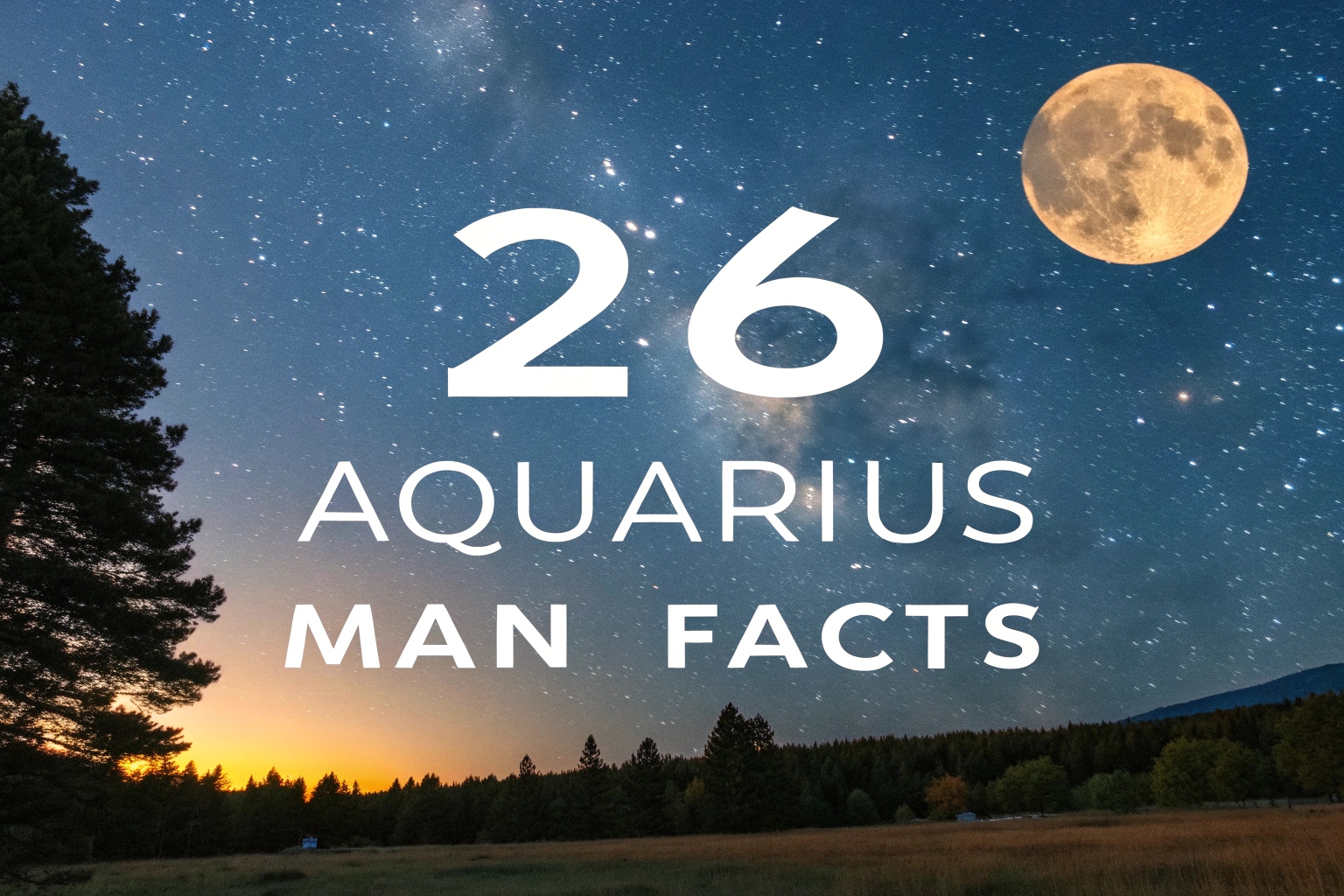Ducks are one of the most recognizable and beloved birds in the world, often seen gliding across ponds or waddling in parks. But beyond their cute appearance, they are full of surprising traits and abilities. From their waterproof feathers to their quirky sleeping habits, ducks are more complex than they seem.
Whether you’re a nature enthusiast, a bird lover, or just someone who enjoys fun facts, this list will surely surprise you. Here are 25 fascinating and unique facts about ducks that will make you appreciate them even more!
1. Ducks Have Built-In Waterproofing Technology
A duck’s feathers are designed to repel water, keeping them dry even after hours of swimming. This is due to a special oil secreted from a gland near their tails, which they spread over their feathers while preening.
This oil acts like a raincoat, preventing water from soaking through to their skin. Without this natural waterproofing, ducks would become waterlogged and struggle to stay afloat.
Their feathers are also structured in layers, creating an insulating effect that helps them stay warm even in freezing waters.
2. They Can Sleep With One Eye Open
Ducks have an incredible ability to sleep with one eye open, thanks to a phenomenon called unihemispheric slow-wave sleep (USWS).

This means one half of their brain stays awake while the other half rests, allowing them to stay alert for potential predators. This is especially useful when ducks are resting in open areas or near water, where threats could come from any direction.
They can even form a line with other ducks, with the ones on the outer edges keeping watch while the ones in the middle sleep more deeply.
3. Male Ducks Lose Their Bright Colors After Mating Season
Male ducks, or drakes, are often recognized by their vibrant plumage, which they use to attract mates. However, after the breeding season, they molt and lose these flashy colors, taking on a duller, more camouflaged appearance similar to female ducks.
This phase, known as “eclipse plumage,” helps them stay hidden from predators while they grow new feathers. During this time, they also temporarily lose their ability to fly, making them even more vulnerable. Once the molting process is complete, their bright feathers return.
4. Ducklings Communicate Before They Hatch
Even before they break out of their eggs, ducklings start communicating with their siblings and mother. Inside the egg, they produce soft vocalizations that help synchronize their hatching times.
This ensures that most of the ducklings hatch around the same time, increasing their chances of survival. This early bonding process continues after hatching, as ducklings imprint on their mother and learn to follow her everywhere.
Their ability to communicate from such an early stage is a fascinating example of nature’s built-in survival mechanisms.
5. Ducks Have an Extra Set of Eyelids
Ducks have three eyelids! In addition to the upper and lower eyelids, they have a third, transparent eyelid called a nictitating membrane.
This extra eyelid acts like built-in goggles, allowing ducks to see clearly underwater while protecting their eyes from debris. It also helps keep their eyes moist and clean, reducing the risk of infection.
This is especially useful for diving ducks that spend a lot of time searching for food beneath the water’s surface.
6. They Can Swim, Walk, and Fly with Ease
Unlike many birds that specialize in either flying, swimming, or walking, ducks are skilled at all three. Their webbed feet make them excellent swimmers, while their strong wings allow them to fly long distances. Some species, like the mallard, can fly at speeds of up to 55 miles per hour!
On land, they may look a bit clumsy due to their waddling gait, but their adaptability allows them to thrive in various environments, from lakes and rivers to urban parks and coastal marshes.
7. Ducks Can Recognize Each Other’s Voices
Ducks have distinctive vocalizations, and they can recognize the calls of their family members, even in noisy environments.
Mothers and ducklings, in particular, develop strong vocal bonds, allowing them to find each other quickly if separated. Some studies suggest that ducks may even be able to recognize individual human voices, especially if they have been raised by people.
Their communication skills help them navigate their social structures and maintain group cohesion in the wild.
8. Not All Ducks Quack
The classic “quack” is commonly associated with ducks, but not all of them make this sound. Different duck species have a wide variety of vocalizations, including whistles, grunts, squeaks, and even growls.
For example, wood ducks make high-pitched whistles, while eider ducks produce deep, cooing sounds. The popular belief that a duck’s quack doesn’t echo is actually a myth—like all sounds, it does produce an echo, but it may not always be noticeable due to how the sound waves disperse.
9. Ducks Can See More Colors Than Humans
A duck’s vision is one of its most powerful senses. Not only can they see a broader range of colors than humans, but they can also detect ultraviolet (UV) light.
This gives them an advantage when spotting food, predators, or even potential mates. Their eyes are positioned on the sides of their heads, providing a nearly 360-degree field of vision. This allows them to be constantly aware of their surroundings without having to move their heads much.
10. Some Ducks Migrate Thousands of Miles Every Year
Many duck species are long-distance migrants, traveling thousands of miles between breeding and wintering grounds. The northern pintail, for example, migrates from North America to Central and South America, covering vast distances.
Some ducks even fly at incredibly high altitudes—bar-headed geese, close relatives of ducks, have been recorded flying over the Himalayas at altitudes above 20,000 feet!
Their migration patterns are guided by instinct, environmental cues, and even the Earth’s magnetic field.
Glad you liked it! Here are 10 more fascinating duck facts.
11. Ducks Have a Unique Way of Drinking Water
Unlike many birds that tilt their heads back to swallow water, ducks have a special technique for drinking. They scoop up water with their beaks and use their tongues to push it down their throats.
This allows them to stay hydrated without needing to throw their heads back like pigeons or chickens. Since ducks spend so much time in the water, they need to drink frequently, and their efficient drinking method helps them stay hydrated while swimming or foraging.
12. Their Feet Don’t Get Cold, Even in Icy Water
Ducks can stand on frozen ponds or swim in near-freezing water without feeling the cold. This is because their feet have a special circulatory system called counter-current heat exchange.

Warm blood from their body flows close to the cooler blood returning from their feet, reducing heat loss and keeping their core temperature stable.
Since their feet have very few nerve endings and blood vessels near the surface, they don’t experience the same discomfort humans would in freezing temperatures.
13. Ducks Can Dive Over 200 Feet Deep
While most ducks stay on the surface, some diving ducks, like the long-tailed duck, can plunge to impressive depths. These skilled divers can reach depths of over 200 feet in search of food, such as small fish, crustaceans, and aquatic plants.
To aid in diving, they have more compact bodies and specialized air sacs that allow them to control their buoyancy. Unlike dabbling ducks, which feed near the surface, diving ducks are built for deep-water hunting.
14. They Have an Incredible Sense of Direction
Migratory ducks have a remarkable ability to navigate across vast distances, often returning to the same breeding grounds year after year. Scientists believe they use a combination of the Earth’s magnetic field, the position of the sun and stars, and even visual landmarks to find their way.
Some ducks also have a built-in “mental map” of their migration route, which is passed down through generations. This precise navigation helps them travel thousands of miles without getting lost.
15. Ducks Are Surprisingly Smart and Playful
Ducks may not seem like the most intelligent birds, but they have impressive problem-solving skills and playful behaviors. Studies have shown that they can recognize patterns, remember faces, and even solve simple puzzles.
Some ducks have been observed playing with objects like sticks or interacting with other animals just for fun. Their curiosity and social nature make them engaging creatures, whether in the wild or as domesticated pets.
16. A Group of Ducks Has Many Different Names
While “flock” is a common term, a group of ducks can also be called a “paddling,” “raft,” or “team,” depending on where they are and what they are doing. A “raft” of ducks is used when they are floating together on water, while a “paddling” refers to ducks swimming in unison.
When they are flying, they are often called a “skein” or “brace.” These creative group names add to the charm of these social birds.
17. Ducks Use Decoy Nesting to Trick Predators
Some duck species, like the northern pintail, use a clever survival strategy known as decoy nesting. A female duck may create multiple nest sites, laying just a few eggs in some and the majority in a well-hidden primary nest.
This confuses predators, increasing the chances of at least some eggs surviving. Additionally, some species nest near more aggressive birds, like terns or geese, using their protective nature to keep predators at bay.
18. Baby Ducks Grow Incredibly Fast
Ducklings grow at an astonishing rate, reaching adult size in just 50–60 days. Within hours of hatching, they are able to walk, swim, and forage on their own, though they still rely on their mother for protection.
Their rapid growth is essential for survival, as it helps them escape predators and adapt to changing environments.
By the time they are just a few weeks old, they begin developing their first real feathers, replacing the soft down that covers them at birth.
19. Some Ducks Have Whistling Feathers
Certain species of ducks, like the black-bellied whistling duck, have specialized wing feathers that produce a whistling sound when they fly.
This serves as a form of communication, helping them stay together in flocks. Even some non-whistling ducks, like mallards, have subtle sounds produced by their wings, which may help them signal movement to other ducks nearby. These natural sound effects add another layer to their fascinating adaptations.
20. Ducks Can Form Lifelong Bonds
While not all ducks are monogamous, some species, like the wood duck and the black-bellied whistling duck, often form long-term bonds with their mates.
These pairs work together to raise their young, defend their territory, and sometimes even migrate together.
Even in species that don’t mate for life, ducks show strong social bonds with their family and flock members, often returning to the same group year after year.
21. Some Ducks Lay Their Eggs in Other Birds’ Nests
Certain duck species, like the wood duck and the redhead duck, practice brood parasitism, meaning they lay their eggs in the nests of other ducks or even different bird species.
This strategy allows them to increase the chances of their offspring surviving without having to raise them themselves.
While some host birds will recognize and reject the foreign eggs, many end up raising the ducklings as their own, giving these sneaky ducks an extra advantage.
22. Ducks Can Live in Both Freshwater and Saltwater
Most people associate ducks with ponds and lakes, but some species thrive in coastal environments as well. Sea ducks, like eiders and scoters, are specially adapted to saltwater habitats.
They have glands near their eyes that help remove excess salt from their bloodstream, allowing them to drink seawater without dehydration.
This ability to switch between freshwater and saltwater gives ducks a huge advantage when it comes to finding food and safe nesting spots.
23. Ducks Use Their Beaks Like Built-In Filters
Ducks don’t have teeth, but their beaks are equipped with tiny comb-like structures called lamellae. These help them filter out water while trapping food like algae, insects, and small fish.
This is especially useful for dabbling ducks, which feed by dipping their beaks into the water and sifting through mud for food.
The shape of a duck’s beak often determines its diet, with some specialized for scooping, grasping, or even crushing shells.
24. They Can Survive Harsh Winters Without Migrating
Not all ducks migrate to warmer climates in the winter—some tough it out in freezing temperatures. Ducks that stay in cold regions have dense down feathers that trap heat and keep them insulated.
They also adjust their metabolism to conserve energy and rely on food sources like submerged plants and small aquatic creatures.
In extremely cold conditions, ducks will huddle together or take advantage of geothermal springs and fast-flowing rivers that don’t freeze over.
25. Some Ducks Have Brightly Colored Bills for a Surprising Reason
A duck’s bill isn’t just for eating—it can also play a role in attracting mates. In some species, males develop brightly colored bills during the breeding season to signal their health and genetic fitness to potential partners.
For example, male mallards have vibrant yellow-green bills, while ruddy ducks sport striking blue beaks. The brighter the color, the more attractive they appear to females, making bill coloration an important factor in duck courtship.
Discover more amazing trivia:
25 Mind-Blowing Facts About Dubai You Didn’t Know!
28 Shocking Facts About Dinosaur That Will Blow Your Mind!
20+ Insane Facts About Animals That Defy Belief!
15+ Interesting World Facts: Say ‘Wow’ to These Discoveries!





